Over the lush mountains of Chiang Mai lies a vibrant and distinct culture waiting to be discovered – the Hmong tribe. With their unique traditions, colorful festivals, and intricate craftsmanship, the Hmong people have captivated visitors from all over the world. In this guide, we will examine into the rich heritage of the Hmong tribe in Chiang Mai, providing you with insights on where to experience their traditional way of life and immerse yourself in their cultural practices.
The Historical Journey of the Hmong Tribe
Origins and Migration
Even though the exact origins of the Hmong tribe remain a topic of debate among historians and anthropologists, it is widely believed that the Hmong people originated in the Yellow River Valley of China. Over centuries, the Hmong migrated southwards due to political unrest, persecution, and the search for better agricultural land. Their journey took them through various regions of China, Laos, Vietnam, and eventually, some settled in the mountainous regions of Northern Thailand.
The Hmong Settlement in Northern Thailand
Assuming their traditional agricultural practices and way of life, the Hmong found the mountainous terrain of Northern Thailand to be well-suited for their needs. The lush green landscapes, fertile soil, and cooler climate allowed the Hmong to thrive and preserve their cultural heritage in a new environment. Today, the Hmong community in Northern Thailand continues to uphold their traditions while also adapting to modern societal changes.
Thailand has embraced the Hmong community, recognizing their cultural significance and contributions to the country. The Hmong people have integrated into Thai society while also maintaining their unique customs, language, and festivals. The vibrant tapestry of the Hmong culture enriches the cultural landscape of Northern Thailand, making it a fascinating destination for visitors seeking to learn about the indigenous tribes of the region.
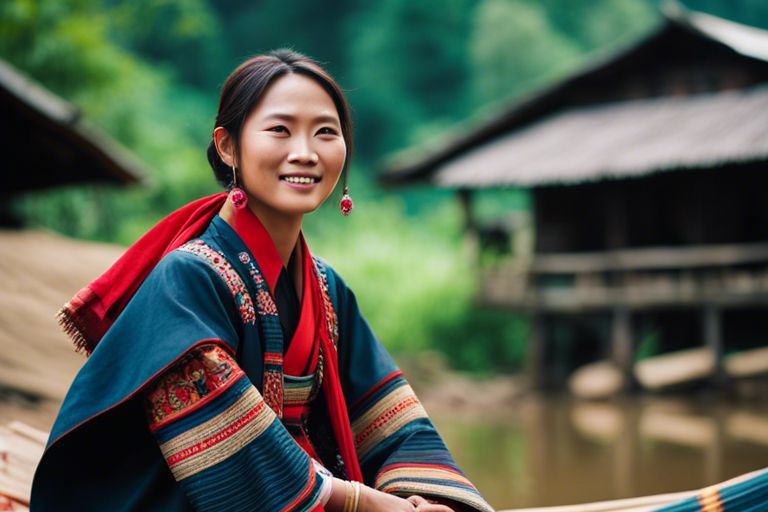
Types of Cultural Expressions in Hmong Society
While exploring the rich culture of the Hmong tribe in Chiang Mai, it becomes apparent that their society is filled with various forms of cultural expressions that have been passed down through generations. These expressions play a crucial role in preserving the traditions and identity of the Hmong people, showcasing their unique customs and beliefs.
Traditional Clothing and TextilesOne of the most distinctive features of the Hmong culture is their traditional clothing and textiles. The Hmong people are known for their intricate embroidery, colorful patterns, and handwoven fabrics that hold significant cultural meanings. Women are often seen wearing vibrantly embroidered skirts, jackets, and headdresses, all of which are meticulously crafted by hand. These garments not only serve as a form of artistic expression but also symbolize important aspects of Hmong identity and heritage. |
Music and InstrumentsThere’s a deep connection between music and the Hmong people, with traditional songs and instruments playing a vital role in their cultural expressions. The lush sound of the qeej, a bamboo wind instrument, fills the air during celebrations and rituals, carrying the essence of Hmong musical heritage. Other instruments like the tilung and the hulusheng add layers of melodious tunes, creating a unique auditory experience that reflects the soulful spirit of the Hmong community. |
Language and Oral TraditionsCultural preservation among the Hmong is deeply rooted in their language and oral traditions. The Hmong language, with its rich tonal qualities and distinct dialects, serves as a vehicle for storytelling and passing down ancestral knowledge. Oral traditions such as folk tales, legends, and proverbs are recited by elders to educate the younger generations about their history, values, and beliefs. |
Festivals and CelebrationsMusic plays a central role in Hmong festivals and celebrations, bringing communities together in joyous harmony. Traditional songs and dances are performed during events like the Hmong New Year and harvest festivals, symbolizing unity and cultural pride. These festive gatherings are not only occasions for merriment but also serve as a platform for the Hmong people to showcase their artistic talents and express their shared heritage. |
Everyday Life and Social Structure
Family Life and Kinship
Social structure among the Hmong tribe in Chiang Mai is centered around the family unit, which holds great importance within the community. Unlike nuclear families commonly found in Western societies, the Hmong people often live in extended family households where multiple generations reside together under one roof. This fosters a close-knit environment where family members rely on each other for support and guidance.
Roles and Occupations
Social roles and occupations within the Hmong tribe are traditionally defined by gender. Men are typically responsible for tasks such as farming, hunting, and making important decisions for the family, while women take on roles related to household chores, childcare, and textile work. However, in recent years, there has been a shift towards more equality in gender roles within the community, allowing women to pursue education and employment outside the home.
Now, both men and women in the Hmong tribe in Chiang Mai have the opportunity to engage in a variety of professions beyond traditional gender norms. While agriculture remains a significant occupation for many, younger generations are exploring careers in tourism, healthcare, and education. This diversification of roles showcases the evolving social structure within the tribe, where individuals have the freedom to pursue their interests and contribute to the community in unique ways.
Structure
The social structure of the Hmong tribe in Chiang Mai is built upon strong familial ties and a sense of community that extends beyond blood relations. This interconnected network plays a crucial role in maintaining traditions and passing down cultural practices from one generation to the next. By understanding the everyday life and social structure of the Hmong tribe, we gain valuable insights into the rich tapestry of their cultural heritage.
Religious Beliefs and Practices
Animism and Shamanism in Hmong Culture
Many indigenous tribes around the world have deeply rooted spiritual beliefs that blend seamlessly with their everyday lives. The Hmong tribe in Chiang Mai is no exception. Animism and Shamanism play a vital role in the religious beliefs and practices of the Hmong people. Animism is the belief that all things, animate and inanimate, possess a spirit or soul. This includes nature, animals, and even objects. Shamanism, on the other hand, is the practice of connecting with the spirit world through shamans or spiritual leaders.
Rituals and Spiritual Events
With a strong belief in the spirit world, the Hmong tribe regularly engages in various rituals and spiritual events to ensure harmony and balance in their lives. These rituals often involve offerings to spirits, ceremonies to appease ancestors, and seeking guidance from shamans. One of the most important events in Hmong culture is the New Year celebration, where offerings are made to ancestors and spirits to ensure a prosperous year ahead.
Culture
These religious beliefs and practices are deeply ingrained in the rich culture of the Hmong tribe in Chiang Mai, shaping their traditions and customs for generations. The fusion of animism and shamanism creates a spiritual landscape that governs various aspects of their daily lives, from birth to marriage to death. Understanding and respecting these beliefs provide a glimpse into the intricate spiritual world of the Hmong people.
Culinary Traditions of the Hmong Tribe
Despite the challenges of preserving their cultural heritage in a modern world, the Hmong tribe in Chiang Mai has successfully maintained their culinary traditions, which play a significant role in their identity and community bonding.
Staple Foods and Ingredients
Ingredients such as rice, vegetables, herbs, and meats form the foundation of Hmong cuisine. Rice is a staple in every meal, often accompanied by fresh vegetables and herbs sourced from their own gardens. Meats such as pork, chicken, and fish are commonly used and reflect the tribe’s farming and hunting background.
Cooking Techniques and Recipes
Cooking in the Hmong tribe is a communal activity, with recipes passed down through generations orally. Traditional cooking techniques such as grilling, steaming, and stir-frying are prevalent in Hmong cuisine. One of the most iconic dishes is “Kaab Nqaij,” a grilled pork dish marinated in a blend of herbs and spices.
To comprehend the essence of Hmong cuisine, one must understand the careful balance of flavors and textures in each dish. The Hmong people believe that cooking is not just a means of sustenance, but a way to connect with their ancestors and preserve their cultural identity.
Factors Influencing Hmong Cuisine
Cuisine is not immune to change, and Hmong cuisine has evolved over time due to various factors. The migration of the tribe, exposure to new ingredients, and interactions with other cultures have all influenced the flavors and cooking methods in Hmong dishes.
- Migration patterns have introduced new ingredients and cooking styles to Hmong cuisine.
- Interactions with other cultures have led to the fusion of flavors in traditional Hmong dishes.
Hmong
Despite these external influences, the Hmong tribe continues to hold their culinary traditions close to their hearts, using food as a way to pass down their stories and heritage to future generations. The food of the Hmong tribe not only nourishes the body but also serves as a bridge to their rich cultural past.
Tips for Cultural Immersion and Respectful Interaction
Your journey to explore the rich culture of the Hmong tribe in Chiang Mai will be much more rewarding if you approach it with respect and openness. Here are some tips to ensure a meaningful and respectful interaction with the Hmong community:
- Be open-minded and curious about the Hmong culture and traditions.
- Respect the local customs and beliefs of the Hmong people.
- Engage with the community in a respectful manner, and take the time to listen and learn from them.
- Ask for permission before taking photographs, as some Hmong people may not be comfortable being photographed.
Recognizing the importance of cultural sensitivity and awareness will help you build meaningful connections with the Hmong community and gain a deeper understanding of their way of life.
Step-by-Step Guide to Engaging with the Hmong Community
| Community | Action |
| Introduction | Start by introducing yourself and expressing your interest in learning about the Hmong culture. |
| Observation | Observe and participate in traditional Hmong activities to immerse yourself in their way of life. |
Cultural Do’s and Don’ts
There’s a list of cultural do’s and don’ts to keep in mind when interacting with the Hmong community. Respect for their customs and traditions is imperative for fostering positive relationships and mutual understanding.
With that said, do greet the Hmong people with a smile and a respectful nod as a sign of acknowledgment. Don’t touch a person’s head, as it is considered disrespectful in Hmong culture.
The Future of Hmong Culture in Chiang Mai
Modern Influences and Challenges
All around the world, modern influences are shaping traditional cultures, and the Hmong tribe in Chiang Mai is no exception. With globalization, technology, and urbanization on the rise, the younger generation of Hmong individuals are exposed to different ways of life that may challenge their beliefs and traditions. This shift poses a challenge to the preservation of Hmong culture as the younger generation may choose to adopt more modern practices over traditional ones.
Preserving the Hmong Heritage
If the Hmong culture is to thrive in the future, it is vital to focus on preserving and promoting their heritage. This includes passing down traditional practices, rituals, and language to younger generations. Efforts to document and archive Hmong history, stories, and crafts are crucial in ensuring that their unique identity is not lost over time. By embracing their heritage, the Hmong tribe can continue to celebrate their rich culture and share it with the world.
Chiang Mai serves as a hub for cultural exchange, where visitors from all over the globe can learn about the Hmong tribe’s traditions and way of life. The city’s vibrant marketplaces, cultural festivals, and community events provide a platform for the Hmong people to showcase their customs and crafts. By engaging in cultural tourism, the Hmong tribe can generate income, raise awareness about their culture, and foster cross-cultural understanding.
Pros and Cons of Cultural Tourism
| Pros | Cons |
| Income generation | Commercialization of culture |
| Cultural exchange | Loss of authenticity |
| Preservation of traditions | Over-tourism |
| Increased awareness | Dependency on tourism |
Influences
While there are benefits to cultural tourism, it is important to strike a balance between preserving the integrity of the Hmong culture and reaping the rewards of sharing it with the world. By carefully managing the impact of tourism on the tribe and promoting responsible travel, Chiang Mai can ensure that the Hmong heritage continues to thrive for generations to come.
Conclusion
From above exploration of the rich culture of the Hmong tribe in Chiang Mai, it is evident that their traditions, beliefs, and way of life are deeply ingrained in their daily activities. The colorful attire, intricate handicrafts, traditional music, and vibrant festivals all contribute to the unique identity of the Hmong people. Through their strong sense of community and preservation of their cultural heritage, the Hmong tribe in Chiang Mai continues to thrive and pass down their traditions to future generations.
By immersing oneself in the cultural traditions of the Hmong tribe in Chiang Mai, one can gain a deeper appreciation for their way of life and the values they hold dear. The Hmong people’s connection to the land, their close-knit families, and their respect for tradition serve as a reminder of the importance of preserving cultural identity in a rapidly changing world. Exploring the rich culture of the Hmong tribe in Chiang Mai is not only a fascinating experience but also an opportunity to learn from a community that values tradition, unity, and resilience.




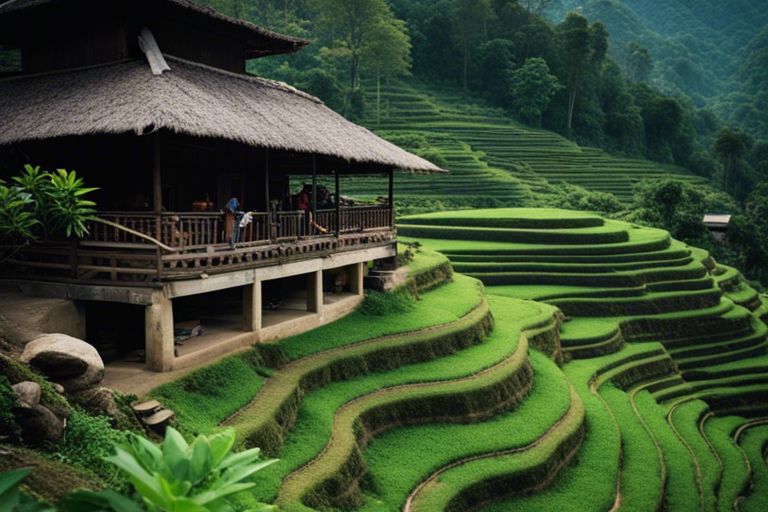


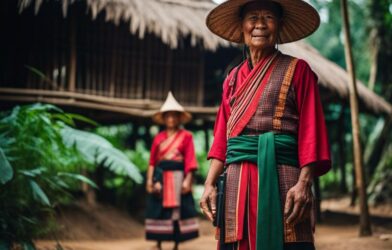
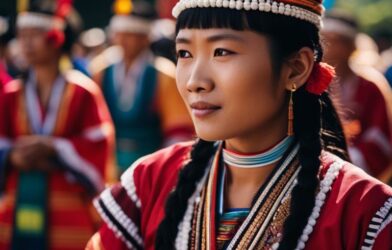
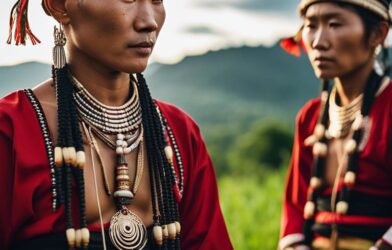
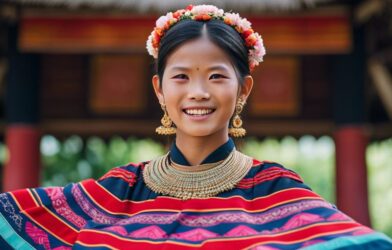
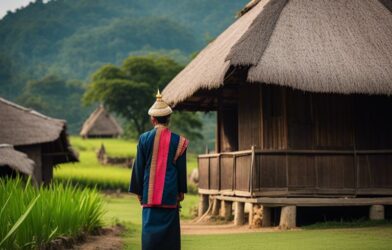
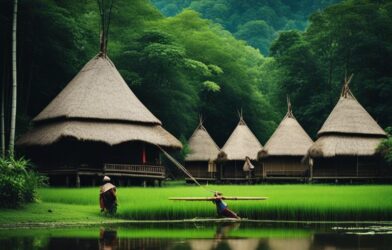
Comments are closed